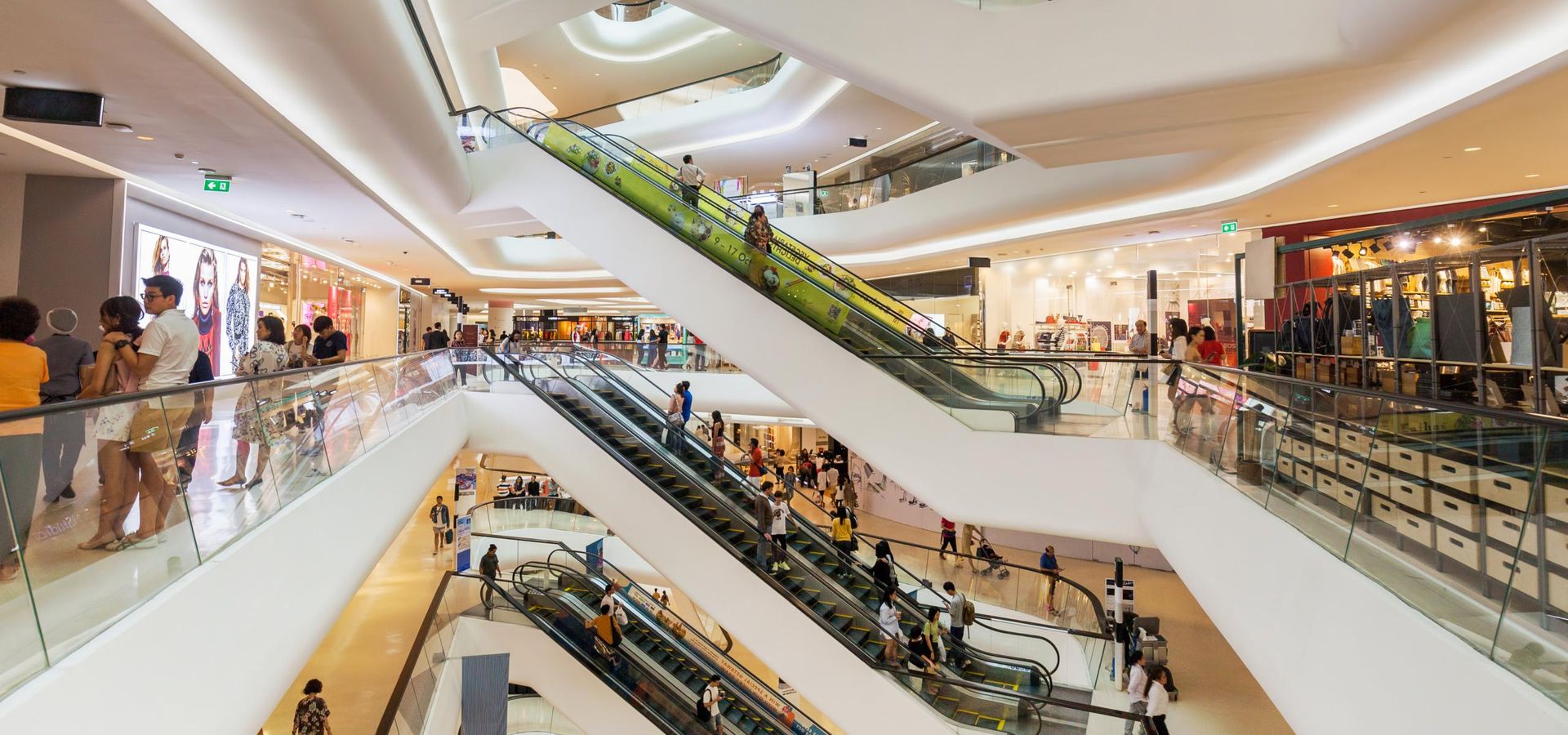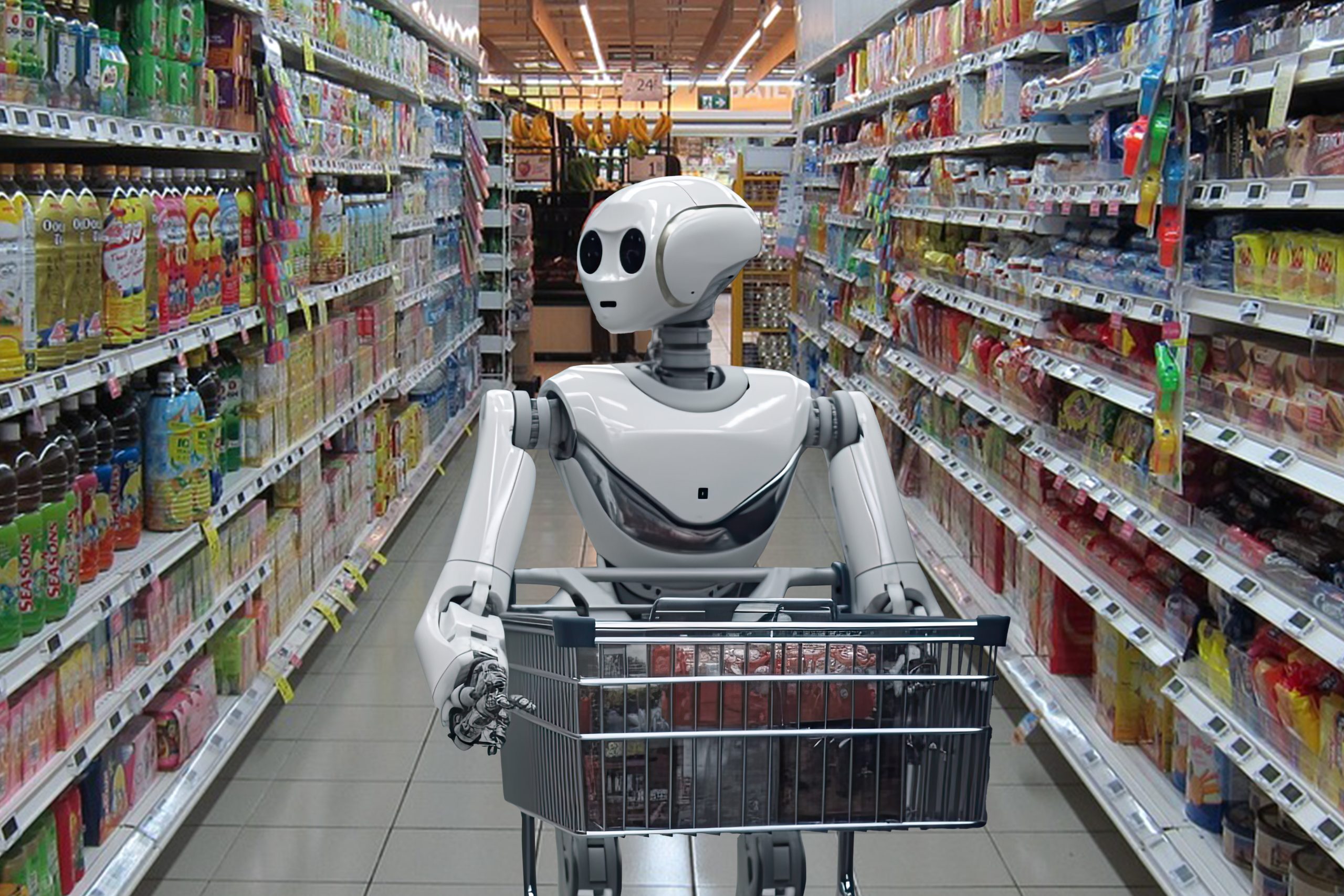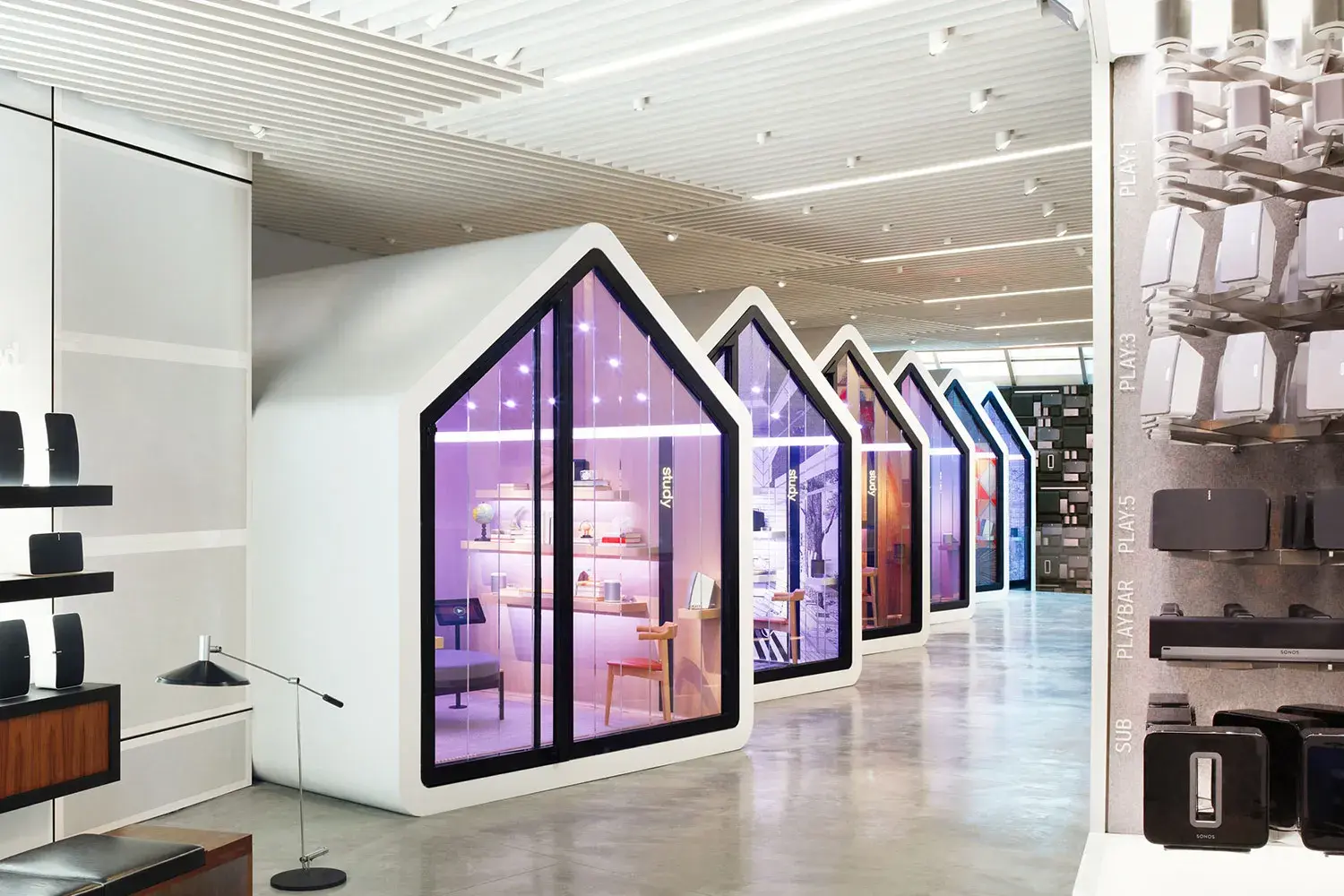From Crisis to Resilience: How Retail Leaders Are Reframing Workforce Strategy
Retailers today face a dual challenge: labour shortages and rising costs on one hand, and rapid digital transformation on the other. For senior leaders, the real question is not whether to adopt new technology, but how to reframe workforce strategy so that people remain at the heart of retail’s future.
Leadership in a 'Workforce Crisis'
The UK workforce is under pressure. A recent Legion study found that 63% of hourly-paid workers plan to leave their roles within the next year, with the highest being among Gen Z. The key motivators are clear: rigid scheduling, administrative overload, and limited career progression.
This puts leadership in the spotlight. Traditional command-and-control models no longer fit. Leaders are being urged to shift their focus from cost-cutting and control to enablement and empowerment. In practice, that means giving staff autonomy, removing administrative burdens, and creating visible career pathways.
AI as a Leadership Tool
According to a Member of the Forbes Tech Council, retail is moving from transactions to intelligence. This is not just a technology trend, it is a leadership challenge.
AI-enabled scheduling, predictive workforce planning, and real-time insights give leaders new tools to manage complexity. But the value is not in automation alone. True leadership lies in how these tools are strategically utilised to strengthen trust, support employees, and align workforce decisions with broader goals like resilience and revenue.
Workforce intelligence is now as critical as customer intelligence. Leaders who understand both will build teams that are engaged, adaptable, and future-ready.
The Workforce of Tomorrow
In progressive retailers, such as Amazon with its launch of Rufus, the AI-powered conversational assistant, AI co-pilots are already changing the role of staff. Associates are evolving from transaction processors to experience curators, supported by intelligent tools that guide customer interactions and data-driven decision making are already preparing the workforce of tomorrow.
For leaders, this requires a cultural shift. Technology must be linked directly to outcomes that matter to people: career development, job security, and authentic human connection with customers. Transformation without trust is not sustainable.
Amazon’s approach shows how leading retailers are going above and beyond simple automation. They are investing in reskilling programmes that build capabilities in AI-augmented selling and data-driven decision making. This ensures employees remain central to the customer journey and positions the workforce as a key driver of future resilience.
Building Resilient Leadership Models
The role of retail leaders is evolving. Resilience comes not from cutting labour but from building a workforce that can adapt, learn, and thrive alongside new technologies.
-
Empowerment through flexibility: Scheduling platforms that hand control back to employees.
-
Enablement through technology: AI that removes admin so leaders can coach and inspire.
-
Investment in people: Reskilling that keeps human expertise central in an AI-driven world.
This is a shift from managing transactions to leading transformation, and from crisis response to resilience building.
KEY TAKEAWAYS
The next era of retail leadership will be defined not by technology adoption alone, but by how effectively leaders integrate technology with workforce strategy. Those who empower employees, embrace AI as a leadership tool, and keep human connection at the centre will be the ones to carry retail from crisis to resilience.
.jpg)


